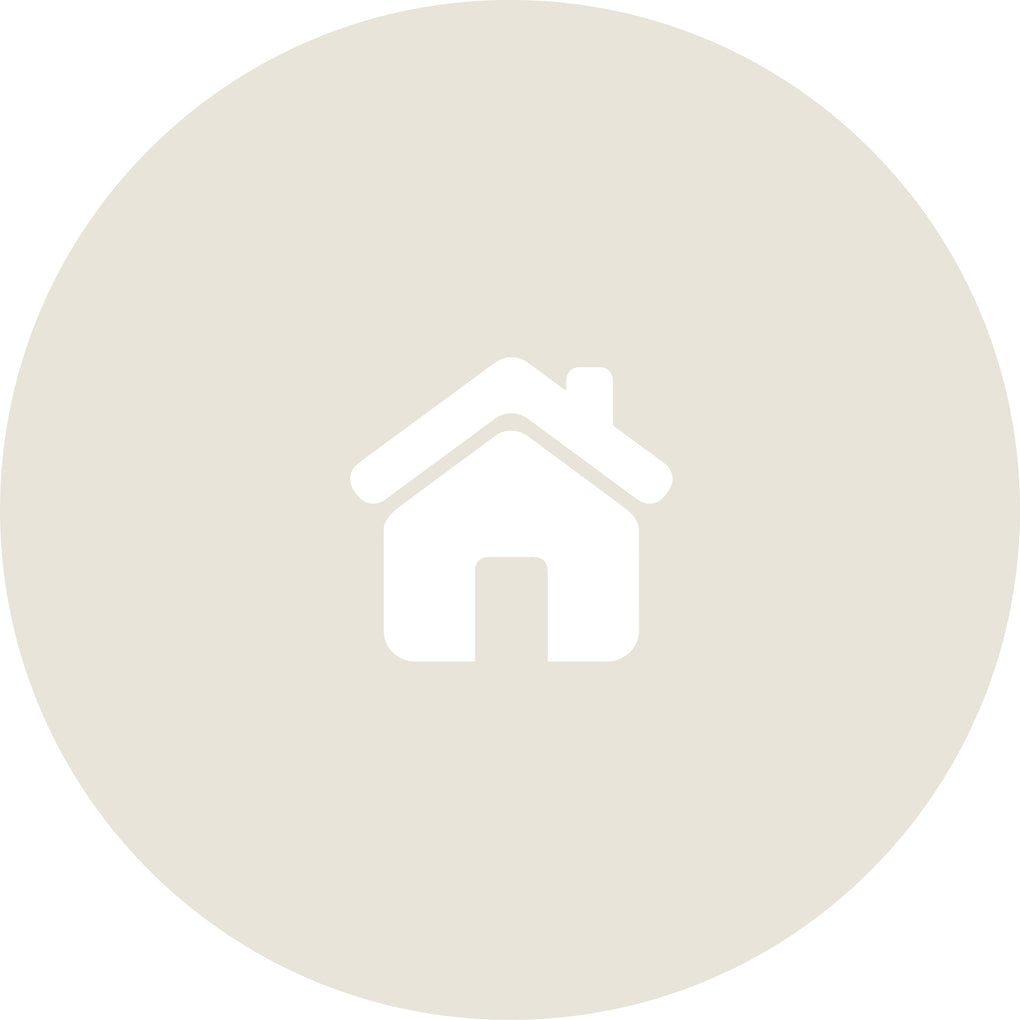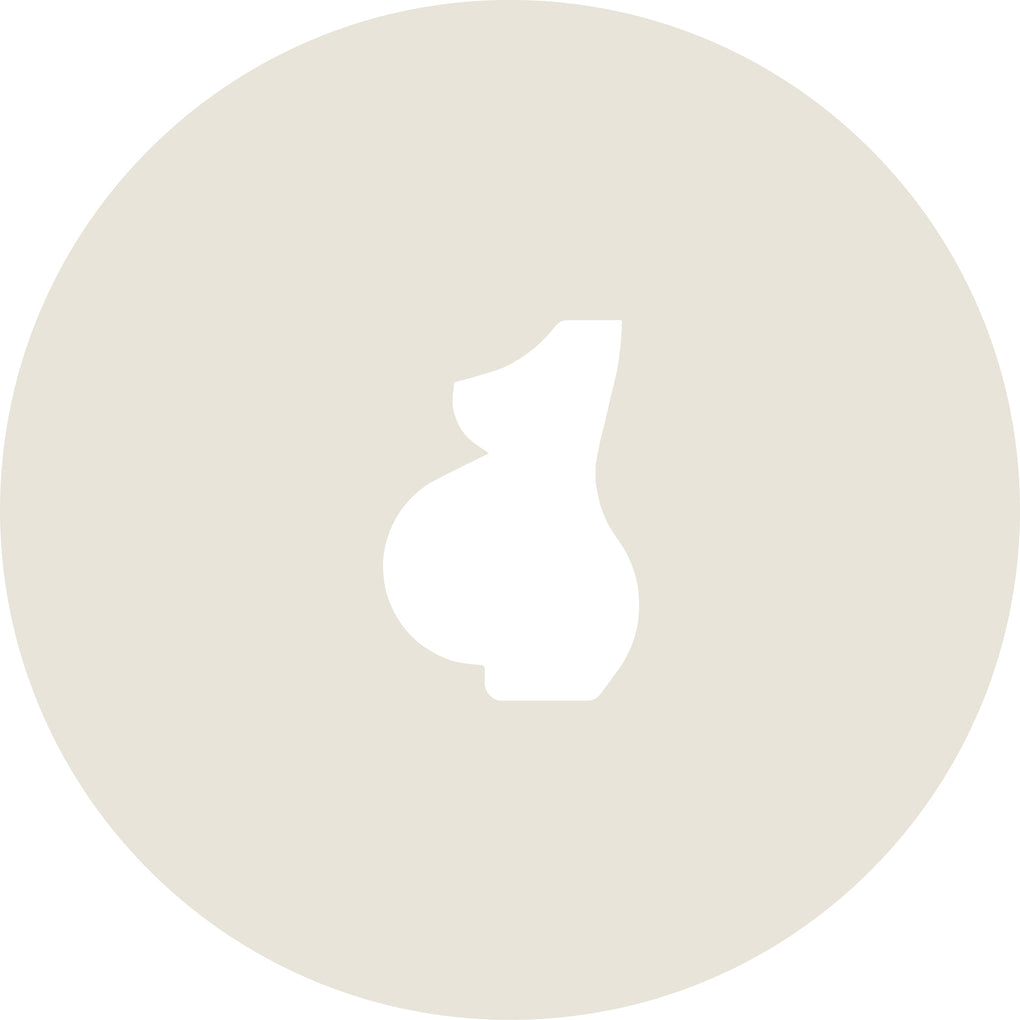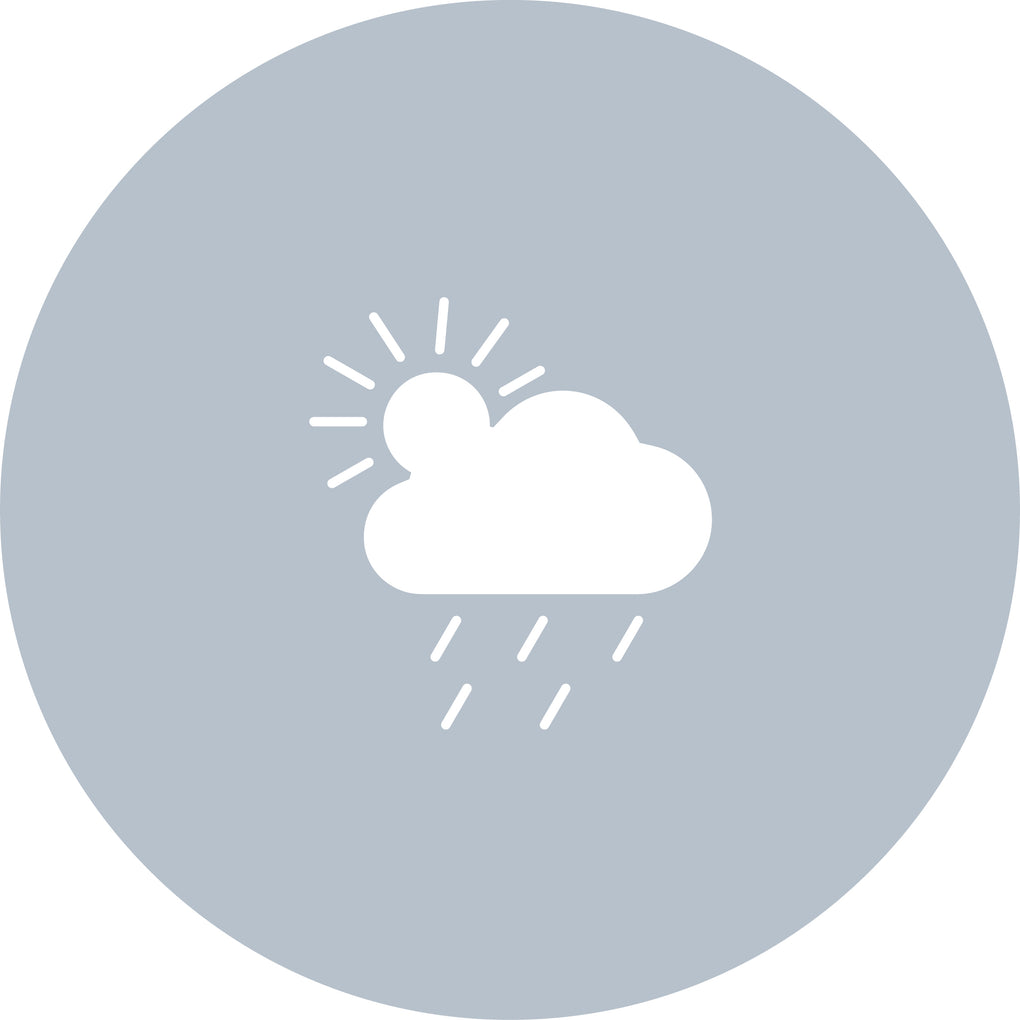Families are currently going through strange times and isolating at home under Government advice. With this has come a change in behaviours and demand as parents look to adapt to the current changes. One knock on effect is we have seen an increase in demand for our reusable nappies. Families who are leaving the house less, or struggling to get their hands on disposable nappies in shops, have decided now could be the time to look at alternatives such as reusable cloth nappies.
This is music to our ears and for a long time we have encourage every family to give reusable nappies a go!
There are many reasons why people chose to switch, and everyone is different. But no matter the reason why, we want to make the transition as easy as possible and offer some handy tips and advice from our own experiences.
The benefits
Let’s start with why. Why should you even think about switching to reusable nappies? We could go on and on about the benefits of reusable nappies because, if you haven’t guessed already, we are pretty big fans of these little things, but we will try to keep this short and sweet. In a nutshell, making the switch will help save the planet, reduce your families waste, will help save you a lot of money in the long run, they are kinder on delicate baby skin and they have bright and beautiful designs!
How do they work?
Reusable nappies can feel pretty daunting and confusing, but we promise you, once you’ve got the hang of them they are so easy! Forget fiddly folds, pins, plastic pants and leaking bulky nappies, cloth nappies really have evolved and are so easy to use.
Reusable nappies are comprised of a number of different parts, all doing different jobs. They are often made up of an absorbent inner layer, which can be washable or disposable, and then a waterproof outer layer often called the wrap.
The inner layer acts as a barrier to catch any poo or wee to stop it from getting to the outer wrap. These can be washable and reusable, or disposable so they can then be flushed down the loo. At night, or if you want that extra reassurance for the daytime too, you can sometimes add a booster pad for extra absorbency.
Some have an all-in-one design with all the layers attached, much like a disposable nappy. These come with a waterproof exterior and an absorbent core inside already attached together. One size, or birth to potty, nappies can be adjusted to fit your baby. If you choose sized nappies, you’ll need to buy new ones as your baby grows. We advise doing a little research into different types, brands and sizes to find the perfect one for you, your little one and your lifestyle.
How many will you need?
This one completely depends on how often your baby needs changing and how frequently you plan to wash the nappies, on average we would recommend stocking up on around 15-25 reusable nappies. Remember, if you are starting slowly and introducing them gradually, you won’t need as many if you’re using them alongside disposable nappies.
How to switch
Start at home
A change to your routine will always take a little bit of getting used to and may need to be introduced gradually. We often suggests it’s a good idea to start off the transition at home, this way you are in comfort and have easy access to everything you will need. Sometimes the most daunting part of reusable nappies is the thought of carrying around a soiled nappy with you for the rest of the day. We get it, the idea takes a little getting used to, which is why starting at home until you are in the swing of it can work best.
Start small
Start with just a few nappies. This can work in your favour in many different ways. First, by starting with just a few nappies you don’t have to invest heavily to start with or fork out a chunk of money on something that you aren’t sure is going to work for you. This will also help you to try out a few different styles, brands and sorts of reusable nappies to see what works best for you and your little one. Then you can add to your stash as you feel more confident and as your budget allows.
Remember, no one is saying that you have to go completely cold turkey and quit using disposable nappies straight away. It is completely ok to ease yourself in to using cloth nappies and gradually increase your usage at your own rate and when you feel comfortable. Using a few cloth nappies a day will give yourself time to learn how they work, how to care and wash them effectively and find your routine.
What do you do with the poo?
This is a common question and one that most puts parents off. Whilst poo is inevitable, no matter what type of nappy you use, the good news is it’s really not as daunting as it first seems. To easily get rid of the poo from the nappy just use a simple little nappy liner.
Before putting the nappy on, pop a liner into the nappy and when change time comes around just lift the liner out of the nappy, pop the poo in the loo and the liner in the bin or compost if you prefer. Job done! Then put the nappy and any washable liner in a nappy bucket.
You do not need to change the wrap with every nappy, only if it gets soiled, or at the end of the day or night. If any poo has missed the liner and the nappy itself has got soiled, you will find it best to rinse it through before it goes into the nappy bucket, to stop any stains from setting.
Be prepared
By starting off small and at home, it gives you time to adjust routines and gives you a good understanding of exactly how many reusable nappies you will need so you don’t ever run out or come up short in a nappy emergency. You will soon figure out a realistic washing schedule, coupled with how often your little one needs to be changed and which style/design suits you best. Once you are comfortable and armed with this knowledge, let the shopping begin!
Once you are fully in the roll of it, it’s time to stock up. Make sure you have all the components you need; the correct amount of wraps, liners, boosters and washing powders. A starter kit is a good place to start as they include most of the elements you are going to need all in one handy package that you can buy together.
An item that you will very quickly learn is pretty much essentials, and one we couldn’t live without when using reusable nappies, is a leak proof wet bag. There is no pretty way to say it, but you are dealing with dirty nappies with wee and poo on them. Pick up a good wet bag that has a strong seal on it to stop any messy leaks from escaping in your changing bag when you are out and about. They keep smells, wetness and any messes all locked inside until you get home and it’s time to put the laundry on.
For at home, it’s a good idea to have a specific storage place for the dirty nappies to keep them separate from the rest of the laundry. We opt for this TotsBots nappy bucket. The lid is secured with four childproof locks to keep them from getting in, and keep smells inside the bucket. Then all your dirty nappies are in one place ready for washing time. Make life easier for yourself by lining the bucket with the TotsBots elasticised nappy meshes. The dirty nappies go into the mesh and then when full, the mesh goes straight into the machine - allowing minimal handling of the nasty stuff.
How do you wash them?
Spoiler alert, it really is very easy! We promise.
First up, we just want to make it clear to those of you that might feel daunted, the most important thing about washing cloth nappies is that the poo (well, about 95% of it) goes in the toilet. This is where it belongs and where it goes on to be treated in the sewage system like adult poo, instead of ending up in landfill and possibly spreading disease as it could with disposable ones.
Once your little one has soiled their nappy, simply remove it and shake as much of the poo down the loo as you can. This is where liners also come in handy to catch most of the poo, as these can then simply be thrown into your compost pile, bin or down the loo. Then if you are out and about simply pop the nappy in your wet bag for easy storage and pop on a new one, if you are at home you can chuck them in your nappy bucket ready for washing. If you use a net in your nappy bag like we mentioned above, then all you need to do is grab the net from the bin and drop the bag in the washing machine.
Reusable nappies should be washed in a washing machine every two to three days. You only need to change the outer wrap every 12 hours, unless it’s heavily soiled.
When it is washing day, you can use any non-bio powder (not liquid) and avoid using fabric softener as this can affect the performance of the nappies. Some parents like to use detergent specially marketed for cloth nappies such as these washing powders from TotsBots. But the choice is really yours! It is a good idea to wash your soiled nappies separately from the rest of your laundry items to make sure nothing gets stained.
We suggest running a cold-rinse cycle first to get rid of the poop. Then add detergent or washing powder and wash at the temperature recommended in the care instructions.
Once the wash is done, you simply hang the nappies up to line dry. Alternatively, you can put them in a tumble dryer, although this will increase costs and could damage the nappy especially if they have Velcro tabs. And voila! You have freshly washed nappies ready to be used again. See, we told you easy peasy.
Reusable wipes
Why not also take it a step further and make the switch to reusable wipes too! We know wet wipes can feel like the ultimate life savers in sticky situations to clean up all sorts of messes, but reusable wipes are just as good for the job. Though convenient, wet wipes cause all types of trouble for the planet such as clogging up sewage systems, polluting the world by taking years and years to decompose, and the chemical in them can be damaging to your little ones skin.
As you start your reusable nappy journey, why not add a few reusable wipes to your basket too. Take a look at our favourite wet wipe alternatives here.
Give it a go!
So, there are our tips and advice to help make the switch from disposable nappies to reusable nappies as easy as possible. It may not be for everyone, and might not suit every lifestyle, but we would love every parent to at least give it a go. You might surprise yourself and fall in love with reusable nappies just like we have.




























